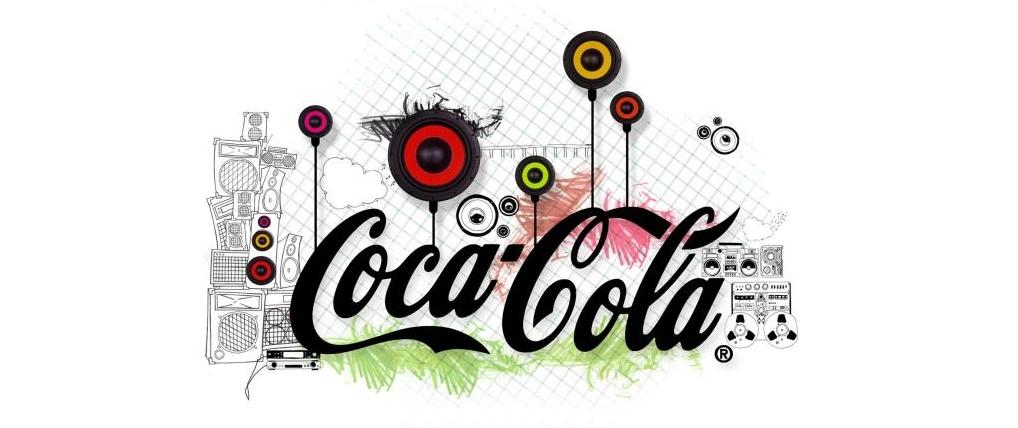The product and brand development strategy of Coca-Cola has been far reaching and has managed to remain in the limelight ever since it became a favorite within the soft drink market. It has been noticed that brand loyalty is an important factor in maintaining the number one position. The Coca-Cola Company enjoys the status of being one of the biggest beverage companies of the world. It has a distribution system, which makes it unique from the rest of beverage manufacturers. Over the years, Coca-Cola has passed several tests of brand enhancement and the company makes it a point that the products under the banner Coca-Cola continue to invade the minds of the consumers.
The brand development strategy of Coca-Cola comprised redesigning of its brand development policies and techniques to keep up with the changing mindset of its consumers. In their preliminary stages this brand believed in the following:
* Affordability
* Availability
* Acceptability
However, this brand development strategy of Coca-Cola was reworked to stress on managing the following instead:
* Price value
* Preference
* Pervasive Penetration
The essence of brand building of the company lies in the fact that it wants its consumer’s accessibility to be “within an arm's reach of desire”. In an attempt to build its brand identity, as many as 20 brand attributes are tested every month involving as many as 4,000 customers. The brand development strategy of Coca-Cola is effective as it has been able to construct, manage as well as maintain its brand image since its introduction. Another reason why Coca-Cola has gained unanimous acceptance all around the globe is due to the fact that it has been able to connect very well with its consumers. They believe in shelling out the best so that the consumers are retained by default. A part of the brand building technique is also to enhance “purchase frequency”. The company has also invested in various advertisement campaigns often engaging the services of celebrities around the globe. In addition to normal consumers there are also those who not only buy the drink but they buy collectible products as well, many in which are extremely expensive.
Below is a video example of an ordinary store being transformed into a working Coca-Cola promotion. Seriously, it looks like a Coca-Cola bomb exploded in there.




